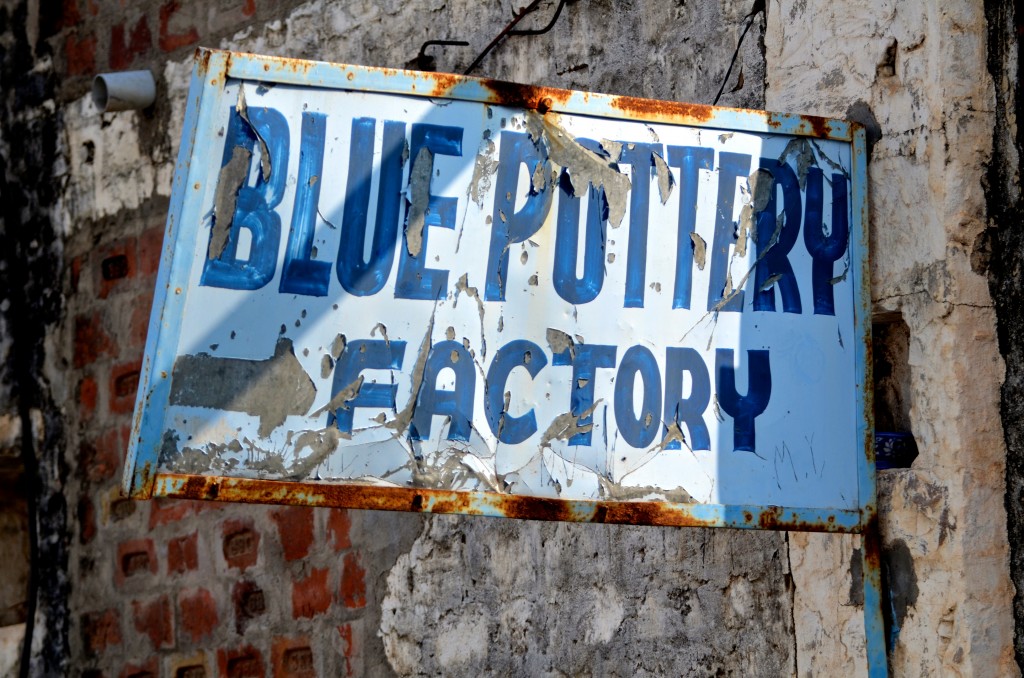
Blue Pottery in Jaipur
While in Jaipur, we visited a local pottery factory that has been in operation for four generations. The color is… read more


While in Jaipur, we visited a local pottery factory that has been in operation for four generations. The color is… read more